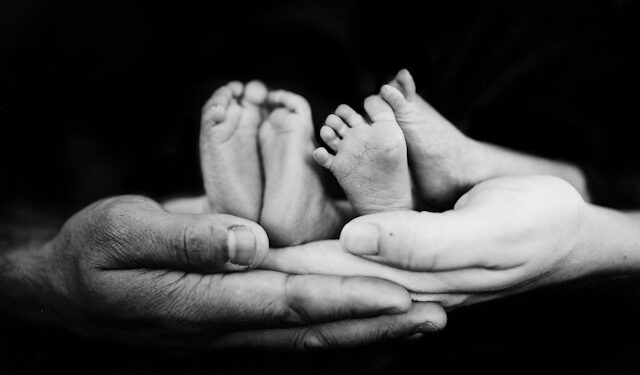Do twins have different mothers?
This is a great opportunity to investigate an interesting inquiry: Do twins be born to different moms? This investigation delved into the intricate details of the human genome, biology, and the wonders in life. Twins have always captured the interest of millions around the world The possibility of twins being born to different mothers adds another level of fascination to this phenomenon.
In this piece, we’ll begin to discover the scientific basis behind twinning. We will look at known cases, look into the biological and genetic factors, and explore actual stories that illuminate this fascinating issue. So, come along in a journey to discover the mysteries and the complexities of whether twins have different mothers.
Understanding the Basics of Twinning
In the human body the appearance of twins is an intriguing phenomenon. To understand the complexities of this issue, we’ll take a trip to learn the fundamentals of twins.
1. Types of Twins
Unraveling the Mysteries of Monozygotic and Dizygotic Twins
Twins can be found in two major kinds: dizygotic and monozygotic. Monozygotic twins, often referred to as identical twins, come from a fertilized egg, which divides into two embryos. In contrast, dizygotic twins, also known as fraternal twins, result from fertilization of two distinct eggs by two distinct sperm cells. Studying these distinctions is vital in understanding the possibility that twins could have different mothers.
2. Genetic Foundations
The Blueprint of Life
Genetics plays a crucial role in the birth of twins. Understanding the genetic aspects will help us understand why twins could have different mother-to-child and ancestors. The intricate sequence that is DNA, and the variations it produces are the reason for the diversity of twins and cases in which their mothers are different.
When we discover the genetic basis of twinning, the complexity beneath the simple idea of two people sharing the same mother’s womb becomes clear.
Factors Influencing Twin Development
While we traverse the complicated world of twin development, it’s crucial to consider the many factors contributing to twins’ development and uniqueness. From the influence of maternal genes to paternal influence, Let’s explore the main factors that influence the twins’ development.
1. Maternal Factors
Influences on the Maternal Side
Maternal factors play an essential part in determining the probability that a twin will be born. Ovulation patterns, an essential element in the male reproductive system, could influence the release of several eggs within the same menstrual cycle. In addition, specific fertility treatments can boost the likelihood of having twins. Understanding the influence of maternal factors is an essential foundation for understanding the possibilities of twins born to different mothers.
2. Paternal Factors
The Role of Fathers in Twinning
While maternal aspects are extensively investigated, the contribution of dads and their role in the twins’ development is just as significant. The genetic contributions of the father are an essential factor in determining the traits that the children will inherit. Investigating paternal traits will deepen our understanding of the ways in which the distinct combination of genetic material inherited by two parents is a factor in the variation that twins exhibit.
Can Twins Have Different Mothers?
The possibility that twins have different mothers piques interest and challenges our traditional notion of twinning.
1. The Rare Phenomenon
Breaking Down the Cases
Although it might seem unlikely, it is true that there are documented cases in which twins are indeed born to different parents. This unusual occurrence is referred to as heteropaternal Superfecundation. When women release multiple eggs in ovulation and participate in sexual activities with various partners within a very short period, the eggs could be fertilized by the same sperm. It can lead to twins who have other fathers as well as in some cases, even different mothers.
2. Mechanisms Behind Heteropaternal Superfecundation
Unveiling the Biological Processes
To understand how twins could be born to different mothers, studying the biological processes that are involved is crucial. In heteropaternal superfecundation, the simultaneous release of several eggs is accompanied by sperm from fathers who have different fathers. Each fertilized egg grows independently, leading to twins who genetically speaking, have only 50% of their genetic material. This fascinating phenomenon challenges our understanding of reproductive biology and reveals the complexities inherent in human conception.
Conclusion
In the final part of our study of the fascinating question–can twins have different mothers? –we’ve delved into the intricacies of genetics, human anatomy, and the mysteries of living. Our journey has led us through the basic concepts of twinning as well as the various types of twins, as well as the genetic factors that influence the creation of these distinctive people.
We’ve found the unusual phenomenon of twins born to different mothers. We’ve also explored instances of heteropaternal superfecundation in which simultaneous fertilization of different fathers can result in this remarkable occurrence. The biological causes that are responsible for this phenomenon have been discovered, revealing the complexities and unpredictability of human reproduction.


















